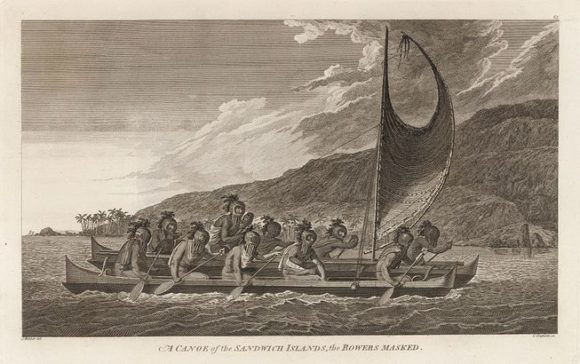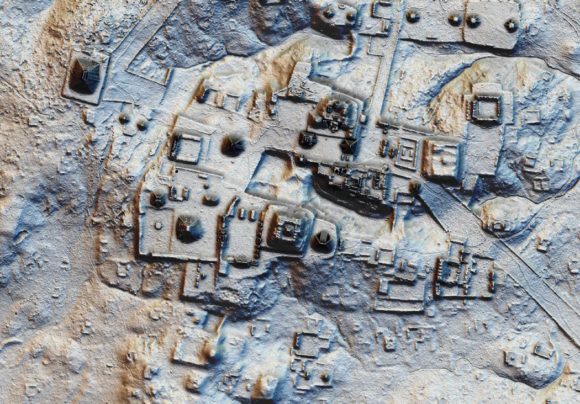New Research: Are there voids behind the walls in King Tut’s Tomb?
The tomb is strangely small for a pharaoh. Is there more?
From National Geographic,
Exclusive Photos: Search Resumes for Hidden Chambers In King Tut’s Tomb
Two previous investigations disagreed about what’s behind the tomb walls. Now scientists are launching an all-out effort to solve the mystery.
By Kristin Romey and A. R. Williams
“Luxor, EgyptA third round of ground penetrating radar (GPR) scanning is underway inside the burial chamber of King Tutankhamun, Egypt’s Ministry of Antiquities announced today, as part of an effort to answer a question that has long intrigued and stumped researchers: Are the walls of the famous tomb hiding other chambers—perhaps another royal burial concealed for more than 3,300 years?
Ever since archaeologist Howard Carter discovered the treasure-packed tomb in Luxor’s Valley of the Kings in 1922, experts have believed the space to be strangely small for a pharaoh. Various theories about the tomb have been proposed over the decades, but in 2015 Egyptologist Nicholas Reeves suggested an astounding possibility: The north and west walls might conceal the mummy—and fabulous possessions—of Tut’s stepmother, the legendary beauty Queen Nefertiti.
Two previous scans of the burial chamber, conducted in 2015 and 2016, varied in their results and were determined inconclusive. A third non-invasive GPR scan was commissioned by Egypt’s Minister of Antiquities Khaled El Enany following the recommendation of experts who met in 2016 to study the results of the previous scans. This latest investigation, conducted under the direction of the Polytechnic University of Turin, aims to resolve those results and verify whether or not there are voids behind the walls…”
For the rest, and many photos, click here.
Share



